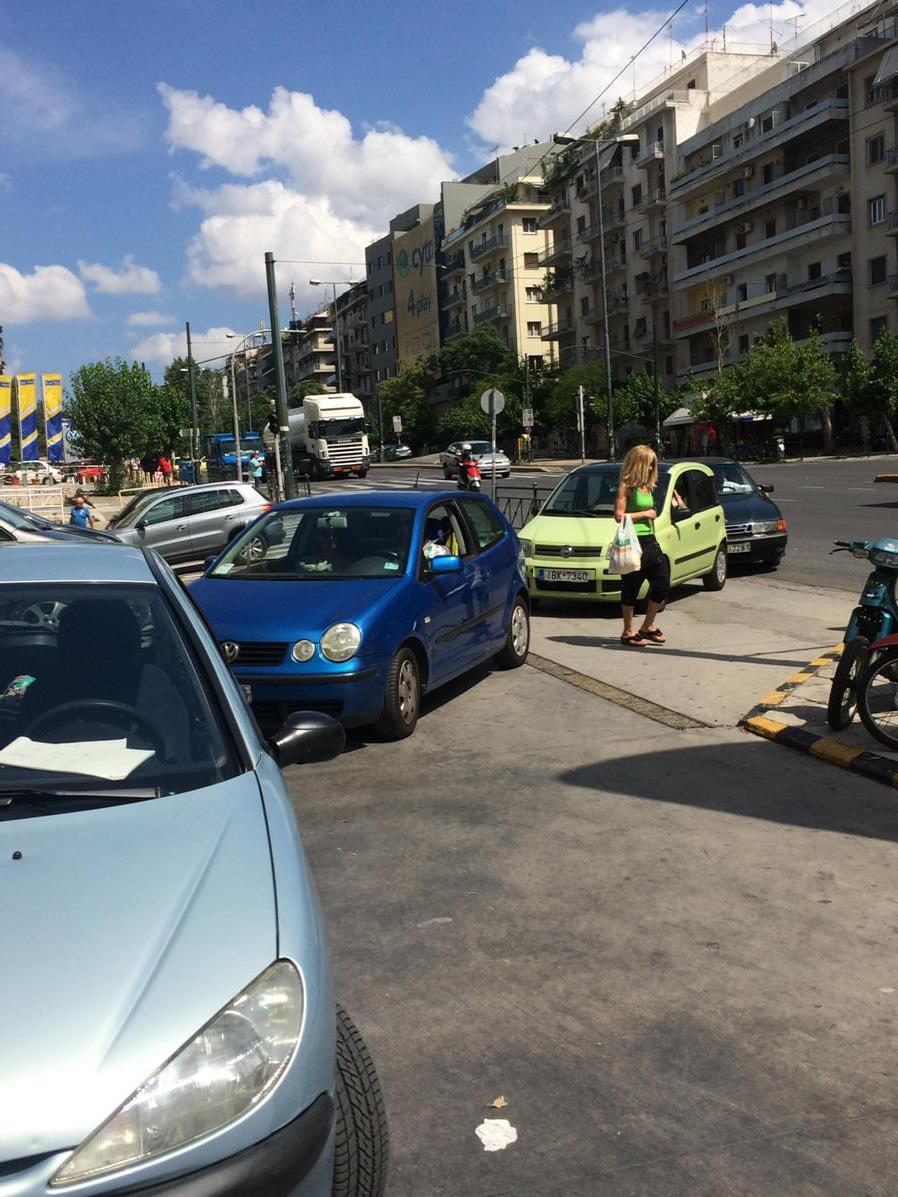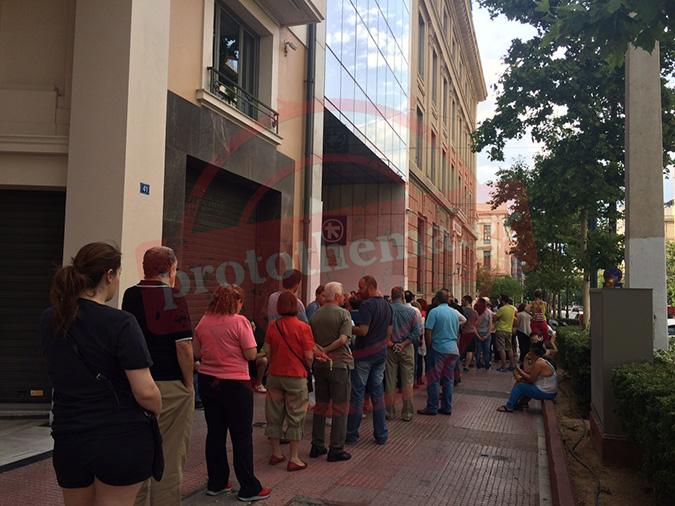
Quick relief from acute heartburn and its chronic cousin GERD is a good thing. But is it worth risking a heart attack?
That's the devil's choice that millions of
Americans may be making without realizing it. A large new "big data"
study finds a strong statistical link between
proton pump inhibitors
(PPIs) such as Prilosec, Prevacid and Nexium (and their generic
versions) and heart attacks. It's big news because PPIs are the third
most popular prescription drugs and the second most popular
over-the-counter drugs in the country...used by 21 million Americans.
And the increased risk for heart attacks is not just to people with
heart conditions or those taking certain medications, but to
everyone, healthy or sick, young or old.
A CHORUS OF MEDICAL CONCERNS OVER PPIs--SUDDENLY LOUDER
PPIs, which temporarily turn off the body's ability to make stomach acid, reducing symptoms of
gastroesophageal reflux disease
(GERD) and other medical conditions, have been raising safety concerns
for years. They interfere with the body's ability to absorb nutrients,
increase the risk for fractures and make it difficult to treat
gastrointestinal infections such as
C. difficile.
There has been ongoing concern about PPIs and the heart, too, but mostly for people who already
have heart disease. Doctors have known for a long time that people who take both the blood thinner
clopidogrel
(Plavix) and PPIs are at higher risk for heart attacks and stroke. They
suspected that PPIs blocked an enzyme that allows clopidogrel to do
its job.
But other researchers worried that the heart
risks were broader. There was a whisper in the data that suggested
that even people
not taking blood thinners were at increased
heart risk. So the researchers designed the latest study. And what has
come back from the data was less like a whisper and more like...a
roar.
A NEW DATA-MINING APPROACH FINDS A RISK THAT OTHER STUDIES MISSED
This new study was conducted using a "data-mining"
method to search through two large databases that contained the
medical records of more than three million patients. These included
patients treated in doctor's offices around the country as well as
patients treated at Stanford University Medical Center.
First, they identified adults diagnosed with
GERD. Then they examined their medical records to see whether they had
received one of two main types of acid-suppressing medication. Some
are by prescription only, others over-the-counter, and some are
available both ways...
- PPIs: Omeprazole (such as Prilosec), lansoprazole (Prevacid), pantoprazole (Protonix), esomeprazole (Nexium), rabeprazole (AcipHex) and dexlansoprazole (Kapidex).
- Histamine blockers: Cimetidine (such as Tagamet),
famotidine (Pepcid),
nizatidine (Axid) and
ranitidine (Zantac).
They excluded anyone taking the blood thinner
clopidogrel. Then they compared the patients with others who had GERD
but did not take either of these two classes of medication. These
controls were matched to the drug takers based on age, gender, length
of follow-up and other variables. Finally, the researchers looked for
diagnosis codes in the medical records of both GERD patients and
controls indicating that they had had heart attacks sometime after
starting either sort of medication.
The researchers used two different databases, but
each one showed a similar result--PPIs increased heart attack risk
substantially....
- PPI use overall was associated with 16% to 19% greater chance of heart attack.
- PPI use by people 55 or younger was associated with 25% to 40% increased risk.
- Among all the drugs, pantoprazole had the
strongest association with increased heart attack risk, a 34% higher
risk when averaged across age groups.
- Esomeprazole had the weakest association with increased heart attack risk--8% higher risk.
- Histamine blocker use was
not associated with increased heart attack risk in either set of data.
Then the researchers looked at the data from the
other side. Instead of looking at people who took these GERD drugs,
they looked at those who had had coronary angiograms after having
abnormal cardiac stress tests, chest pain or shortness of
breath--indicating the probability of heart disease. Amongst these
cardiac patients, after adjusting for all known risk factors, those
who had used PPIs had
double the risk of dying from a cardiovascular cause such as a heart attack, heart failure or stroke compared
with cardiac patients who hadn't used PPIs. Again in this case,
histamine blockers were not associated with increased risk.
All of these results, whether
reached by looking first for people who took PPIs or first for people
who had heart trouble, look like very bad news for the safety of PPIs!
TAKING PPIs? WHAT TO DO NOW
How might PPIs damage the cardiovascular system?
The researchers note that these drugs suppress an enzyme needed for
the body to make nitric acid, which relaxes and protects arteries and
veins. In short, PPIs may lead to constriction of blood vessels,
causing heart disease.
It's not proof, to be sure. Like any statistical
study, even this large study can show only an association. The
researchers acknowledged that their analysis didn't account for
several factors, including use of other types of over-the-counter
drugs and the presence of other medical conditions, that could
contribute to risk for heart attacks. They note that future
epidemiological studies may find different risk percentages, so
comparing one PPI to another isn't an exact science. But they
emphasize that their analysis indicates that there is 97.5% chance that
the PPI/heart attack association they identified is real.
Some day, a large, randomized, placebo-controlled
study with thousands of patients may be powerful enough to prove (or
disprove) that PPIs cause heart attacks. But you don't have to wait to
protect yourself whether you have GERD or are using a PPI for any
other condition. PPIs are prescribed for many conditions besides
heartburn, such as stomach ulcers, including those caused by
H. pylori
bacteria and those brought on by chronic use of nonsteroidal
anti-inflammatories (for arthritis pain, for example)...Crohn's
disease...and complications of certain gastrointestinal cancers such as
Zollinger-Ellison syndrome. If your doctor has prescribed a PPI to you
for a specific medical condition other than GERD, make it a point to
have a discussion about whether there are alternate approaches worth
exploring now.
If it's GERD, there are safer
ways to get relief. Even before this study, the official advice was to
use PPIs for no more than two weeks at a time or for more than three
times in a year. But once you stop taking them, your stomach may
respond by temporarily making even more acid than before, so your
symptoms might get worse. In other words, it's easy to get hooked.
It's also possible that your GERD got worse while you were on PPIs for
a long time--they don't cure GERD or stop its progression.
Whether you have taken PPIs or not, a lifestyle approach to managing GERD is key...
- Cut back on coffee and other sources of caffeine.
- Cut back on fatty foods.
- Eat smaller, more frequent meals rather than a few one large ones
- Cut back on alcohol.
- Wait three hours after eating and drinking before lying down.
- Elevate the head of your bed so that gravity keeps stomach acid in your stomach.
- Lose weight if you need to.
- Don't smoke.










 Quick relief from acute heartburn and its chronic cousin GERD is a good thing. But is it worth risking a heart attack?
Quick relief from acute heartburn and its chronic cousin GERD is a good thing. But is it worth risking a heart attack?  Wyoming’s Senate Bill 12, or the “Data Trespassing Bill” as it’s being called, criminalizes the collection of “resource data.”
Wyoming’s Senate Bill 12, or the “Data Trespassing Bill” as it’s being called, criminalizes the collection of “resource data.”